Short Intro
In May 2024, Paulus Schoutsen, the founder of Home Assistant, sent a newsletter with the headline “Z-Wave is Not Dead.” During his visit to the Z-Wave Alliance Member Meeting in Texas, he shared his vision for why Z-Wave needs to open up and empower vendors and the community.
According to Home Assistant’s opt-in analytics, roughly 1.7 million Z-Wave devices were being used with Z-Wave JS in May of 2024. He shared that they are working on certifying Z-Wave JS and that they tested their new Z-Wave stick, reaching a communication range of 1.13 kilometers in a clear line of sight.
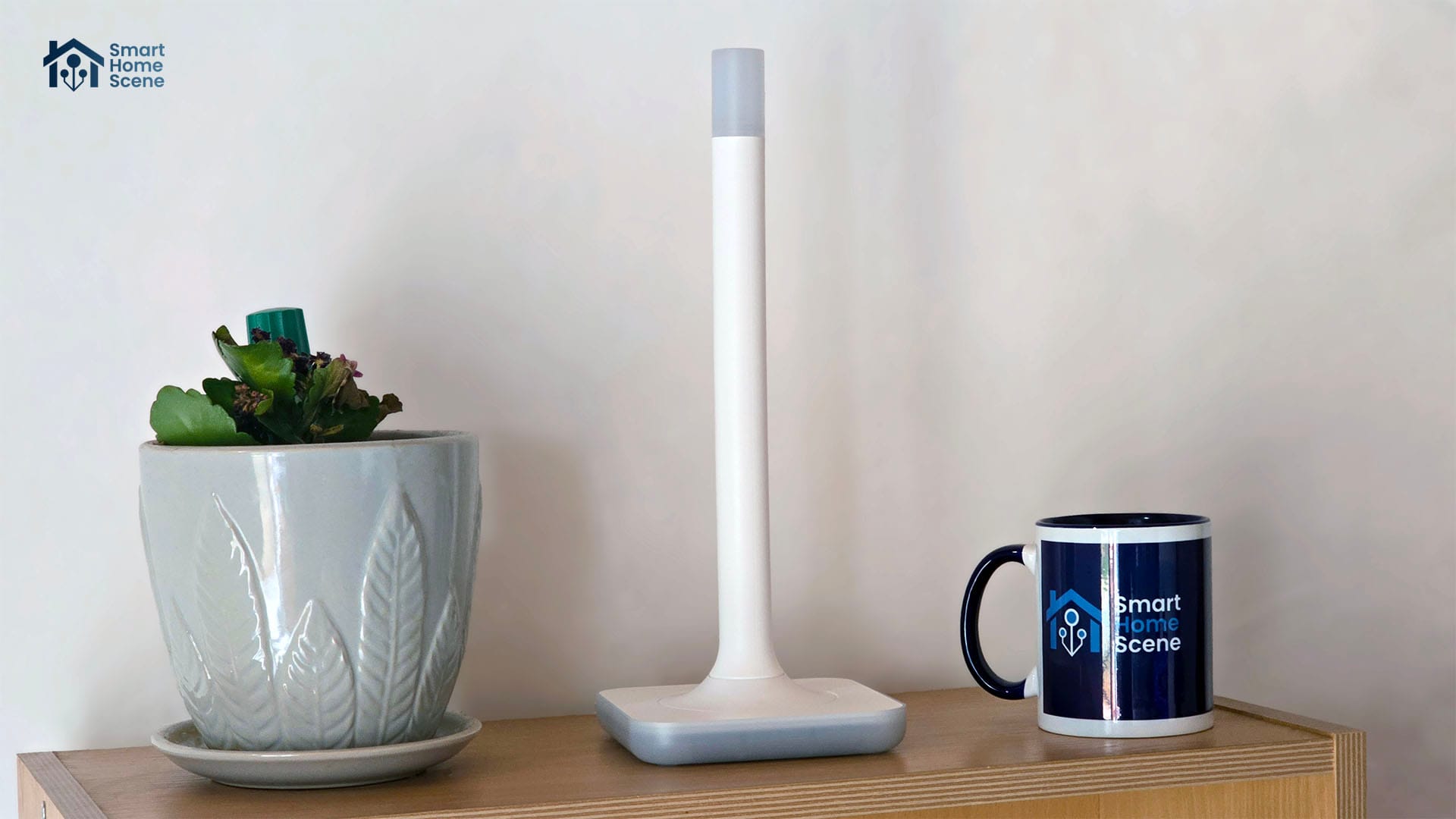
The Home Assistant Connect ZWA-2 is the result of those efforts. It’s what the Open Home Foundation and Nabu Casa have labeled as the most performant and optimized Z-Wave and Z-Wave Long Range antenna to date. It costs €59.99 / $69.99 and you can get it through various Nabu Casa partners, including Apollo Automation (US), Domadoo (EU), Amazon (US), Amazon (DE) and Amazon (UK).
About the Home Assistant Connect ZWA-2
The Home Assistant Connect ZWA-2 is no ordinary stick for connecting Z-Wave devices directly to Home Assistant. While other Z-Wave sticks typically measure below 10 centimeters, the antenna of the ZWA-2 is 31 centimeters long to optimize range, stability, and responsiveness.
The antenna and base are precisely tuned to Z-Wave’s ideal wavelength, working in harmony to provide a reliable connection and maximize range. Furthermore, the ZWA-2 supports Z-Wave Long Range, providing a more dependable and responsive connection to faraway nodes while also improving their battery life.
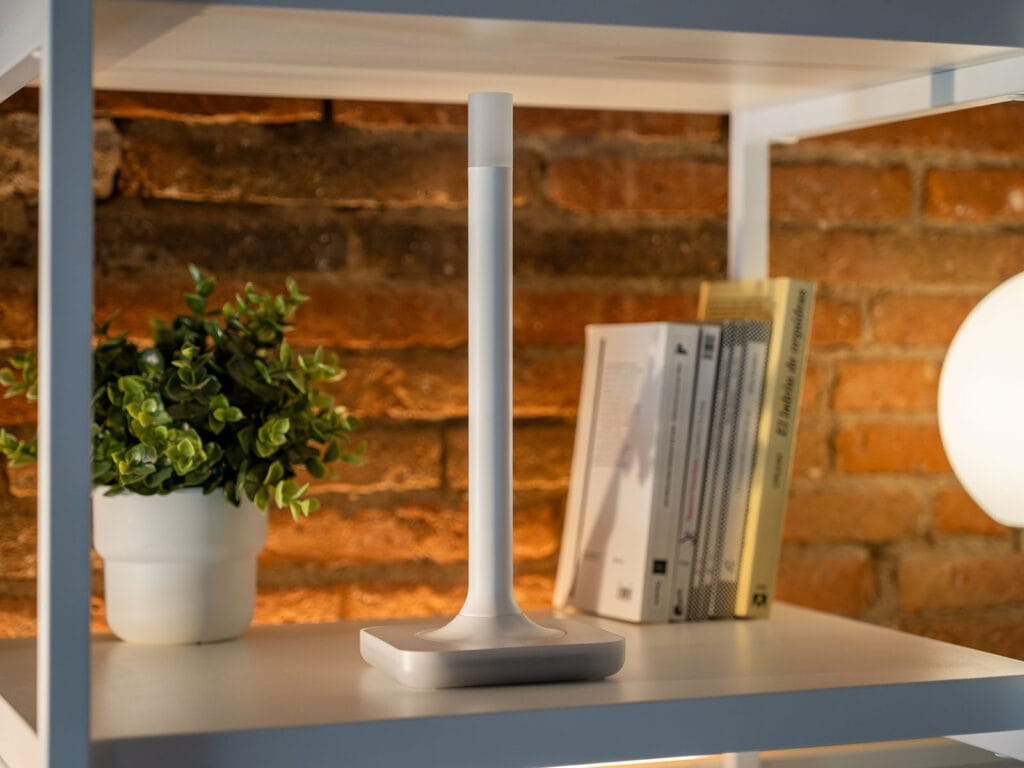
- Model: Home Assistant ZWA-2
- Protocol: Z-Wave, Z-Wave Long Range
- Z-Wave Frequency: 860-930 MHz
- Z-Wave Antenna: Omnidirectional, 3.38 dBi
- Z-Wave Series: 800
- Z-Wave SoC: Silicon Labs ZG23
- Core SoC: ESP32-S3
- Power Supply: USB-C, 5V1A
- Dimensions: 125x125x315 mm
- Weight: 350 g
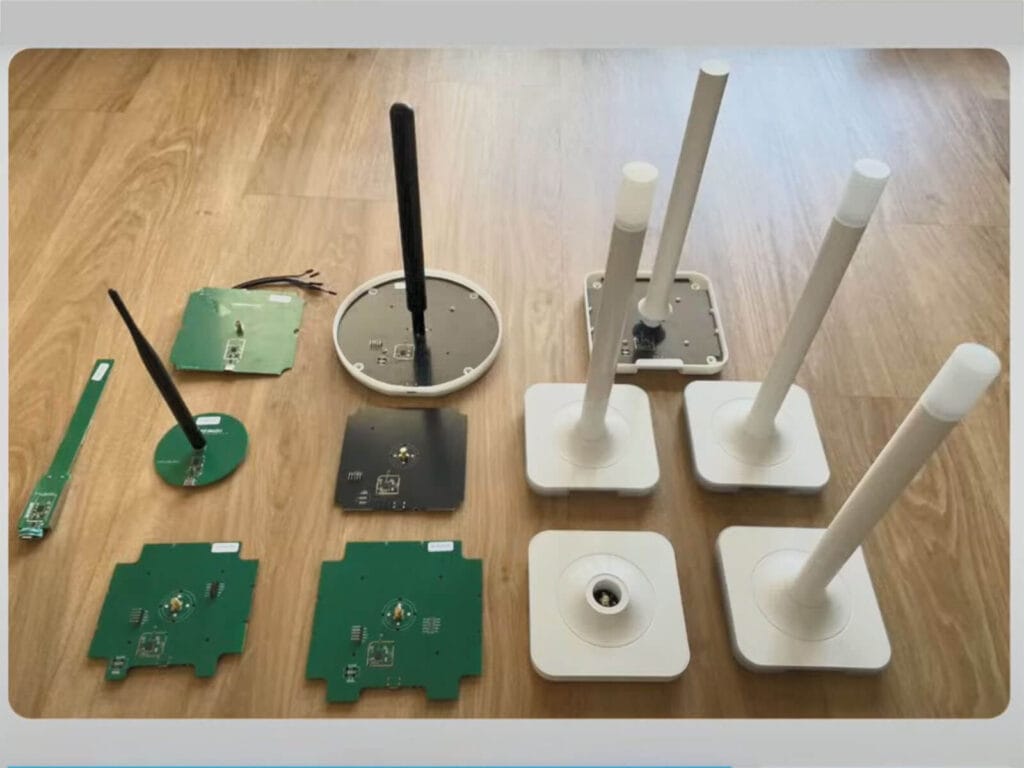
As Schoutsen states, the stick form factor was never ideal for Z-Wave and Zigbee sticks. It’s prone to interference, especially from adjacent USB ports, and the integrated antennas that sticks use have limited range. As Z-Wave is in the sub-GHz band, the antenna has to be larger than those on the 2.4GHz band (Wi-Fi, Zigbee) for optimal performance. The people who worked on this found that about 30 centimeters is the sweet spot for a performant Z-Wave antenna, which also required tuning the board (plane) for the two to work optimally together.
Understanding Z-Wave Long Range
Z-Wave Long Range (Z-Wave LR) is a new feature that extends the capabilities of the Z-Wave wireless protocol. While standard Z-Wave relies on a mesh network where devices relay signals to one another to increase range, Z-Wave LR operates on a star network topology. This means devices communicate directly with a central hub or gateway, without relying on repeaters or routers.
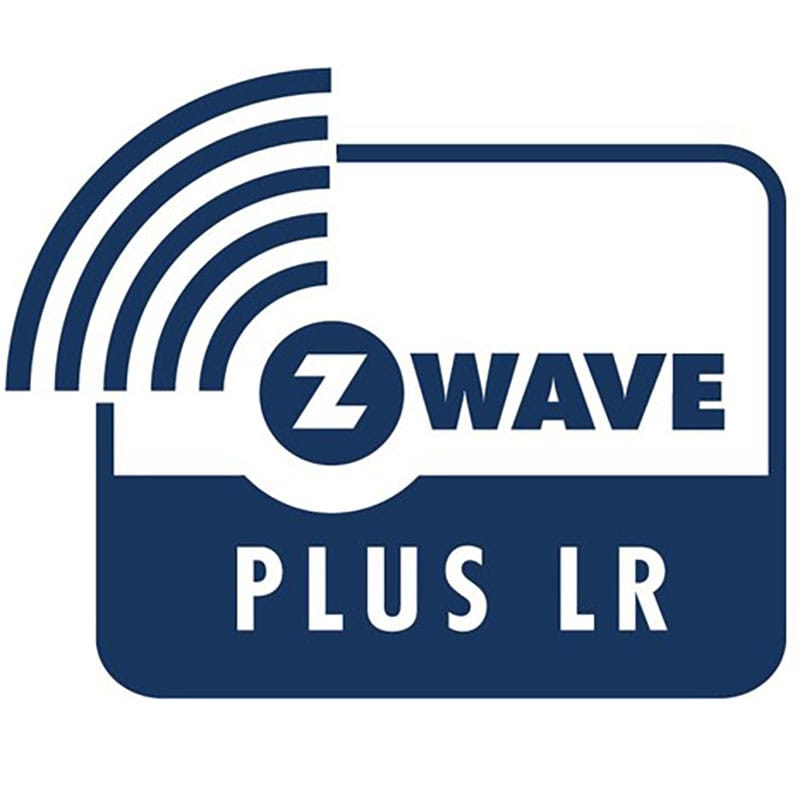
Z-Wave Long Range requires its own dedicated network, separate from the standard Z-Wave mesh. However, the ZWA-2 can manage both a standard Z-Wave network and a Z-Wave Long Range network simultaneously. When you add a new Z-Wave Long Range-capable device to Home Assistant, the setup wizard will give you the option to choose which network to use. This allows you to leverage the benefits of both technologies: a robust mesh network for your existing devices and the extended range of Z-Wave Long Range for new devices that support it.
The primary use case for Z-Wave LR is to connect devices over larger areas where the standard mesh network may not be effective. This makes it ideal for properties with outbuildings, like a pool house, a barn, or a detached garage, where it can be challenging to extend a standard Z-Wave network. Z-Wave LR leverages a higher transmission power and a different modulation to achieve a much greater range, potentially up to a mile (1.5km) in a direct line of sight.
At the moment, brands like Zooz, Shelly, Leviton, Homeseer, Minoston, Heltun, Ultraloq and others produce Z-Wave Long Range, with more incoming. Check out the Zooz Wall Remote ZEN32, Zooz Motion Sensor ZSE18 or Shelly Wave 1PM for examples of good 800LR Z-Wave devices.
Home Assistant Integration
As the ZWA-2 is an official Home Assistant product, integration is a breeze. The device gets auto-discovered once plugged into your HA server. The setup will ask you whether you are forming a new Z-Wave network or you are setting up a custom installation. I created a testing environment in a VM with Z-Wave JS, here’s what the ZWA-2 looks like once set up:
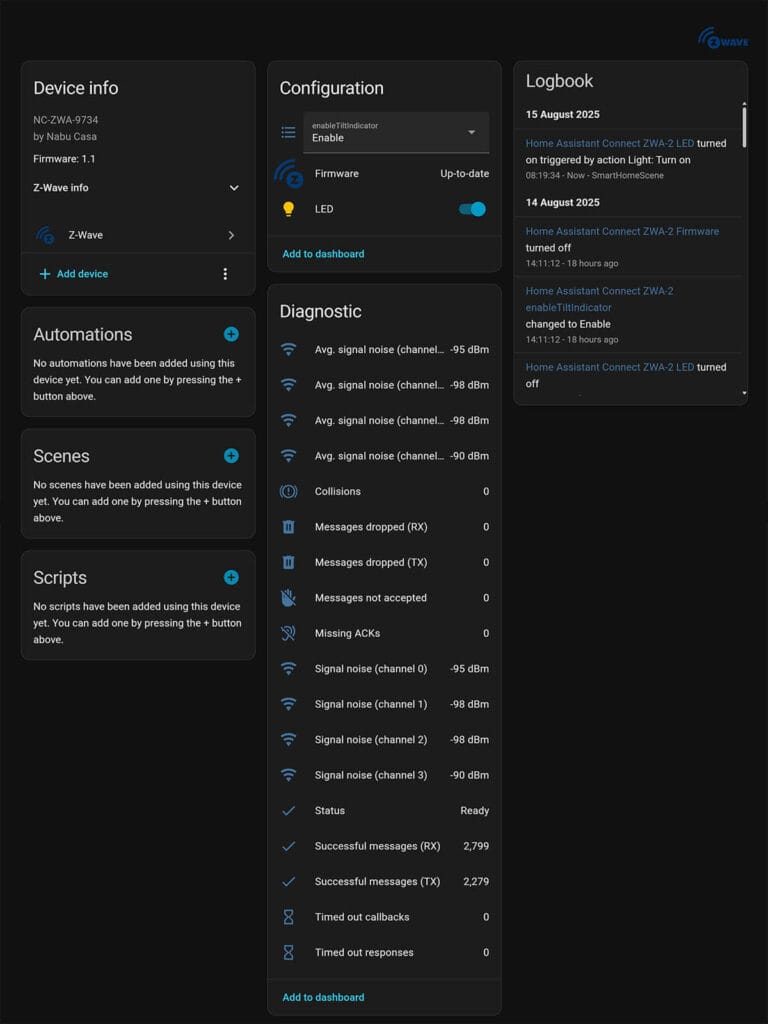
When pairing a Z-Wave Long Range with Home Assistant via the ZWA-2, you will get a menu allowing you too choose which network you want to use. As the ZWA-2 runs both your main mesh and long range star, you can choose how you want your device paired depending on your use case. For example, if you have a outdoor motion sensor, far from the ZWA-2, it’s best to include it using Z-Wave long range. If it is indoors, you are better off pairing it with your standard Z-Wave mesh.
Migrating your existing Z-Wave network
If you are already using Z-Wave and have a lot of devices, you can easily migrate to the ZWA-2 without rebuilding your mesh network. Depending on whether you are using Z-Wave JS or Z-Wave JS UI, follow these instructions:
If you are using the Z-Wave JS add-on:
- In Home Assistant, go to Settings > Devices & services.
- Plug in your new Home Assistant ZWA-2 adapter.
- The new adapter should be automatically detected and appear in the Discovered section.
- Select Add and follow the on-screen instructions.
- If the adapter is not discovered automatically, select the Z-Wave integration, then the cogwheel.
- Under Backup and restore, select Migrate adapter, then Migrate to a new adapter, and finally Submit to confirm.
- When prompted, unplug your old adapter. This is important to prevent interference.
- Follow the remaining on-screen steps.
- After migration, check the adapter’s name in the device list and rename it by selecting the pencil button if needed, as it may have kept the old name.
If you are using the Z-Wave JS UI add-on:
- Before you begin, disable the Z-Wave JS integration in Home Assistant by going to Settings > Devices & services, selecting the Z-Wave integration, clicking the three-dot menu, and choosing Disable.
- Open the Z-Wave JS UI control panel and click the Advanced actions button in the bottom-right corner.
- Under NVM Management, select Backup.
- Unplug your old adapter and connect your new Home Assistant Connect ZWA-2 adapter.
- In Z-Wave JS UI, go to Settings > UI > Z-Wave, enter your region, and save the settings.
- The default is EU Long Range with TX configured for Europe.
- If you need to change it, refer to this article for the correct frequency and TX power.
- In the control panel, click the purple Advanced actions button again, and under NVM Management, select Restore.
- Re-enable the Z-Wave integration in Home Assistant.
Z-Wave is Great, But Expensive
If you are a Z-Wave user, you already understand the benefits of this sub-GHz communication protocol. It can penetrate walls more easily, it’s less prone to interference, there is less device incompatibility issues and the thing just works. With the Home Assistant ZWA-2, these advantages of the protocol are highlighted and bumped up even higher.
Just like Zigbee, there is one very important thing that’s part of Z-Wave’s core specification. It’s a local protocol by design. It does not depend on the cloud, vendor-locked apps or other dependencies that are not in the users control. No one can pull the plug on your Z-Wave devices remotely. They can operate, theoretically, forever.
However, in my opinion, there is one thing that’s holding it back: Z-Wave devices are expensive. They cost significantly more than comparable Zigbee devices. Why? Proprietary certification fees.
Unlike open-source protocols like Zigbee or Wi-Fi, Z-Wave is a proprietary technology, which means manufacturers must pay licensing and certification fees to the Z-Wave Alliance to use the technology in their products. This certification process is strict and ensures a high level of interoperability and security across all Z-Wave devices, regardless of the brand. However, it also results in higher production costs which ultimately fall on the end consumer.
Is Z-Wave Being Reborn?
Even though I titled this article “Make Z-Wave Great Again”, it couldn’t be farther from the truth. In all honesty, Z-Wave was never not great. It was always great. And with the Open Home Foundation’s involvement and Home Assistant Connect ZWA-2, it can become even greater.
So, is Z-Wave being reborn? It remains to be seen. The Open Home Foundation is advocating for the standard to open up, become more approachable to end consumers and enthusiasts. Which would, hopefully, result in new device releases and more affordable pricing.
If you are heavily invested in Z-Wave already, the Home Assistant Connect ZWA-2 is a great upgrade. It’s definitely the most performant and optimized Z-Wave antenna out there, bringing Z-Wave Long Range into the mix as well. More importantly, it supports the Open Home Foundation directly, the greatest advocate for the local smart home.
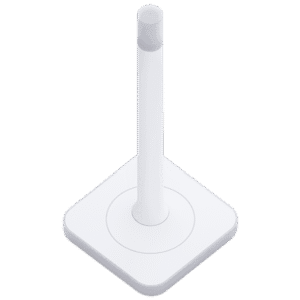
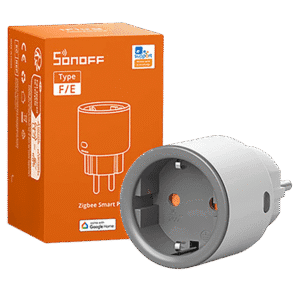
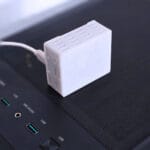
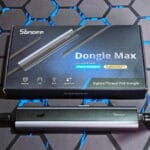
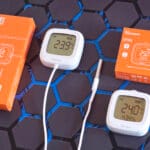
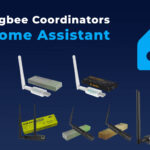

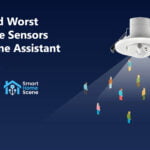

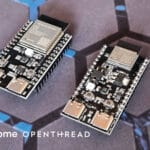
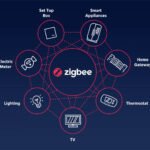
But they assume you want to stick it on a desk. No angular wall mount or similar. Oh well, my Zwa e stuff works so need to change,
Nothing beats zwave it’s all I use.